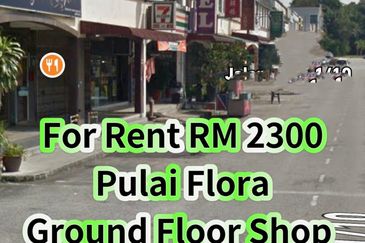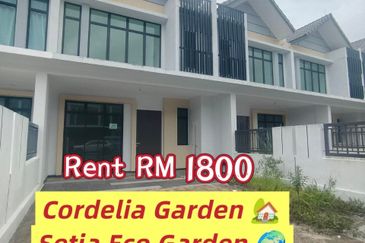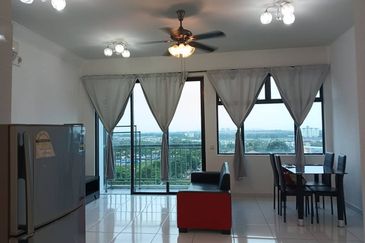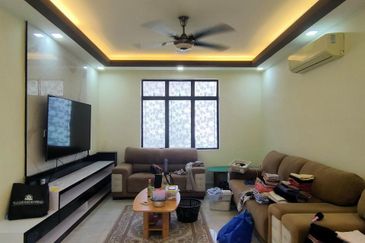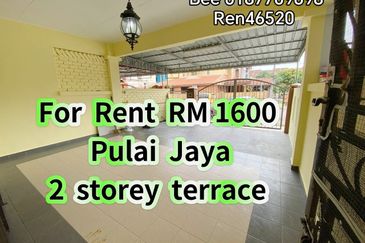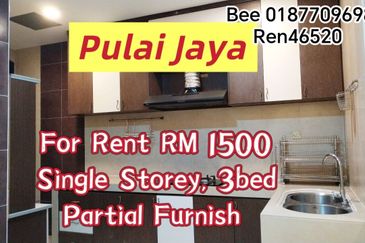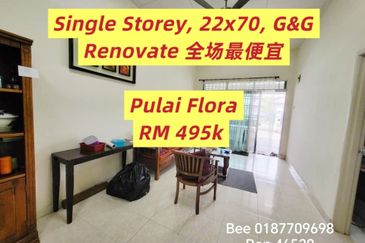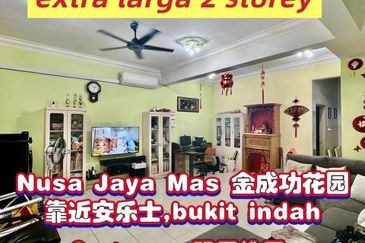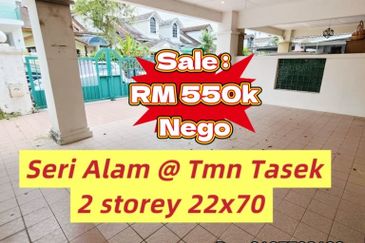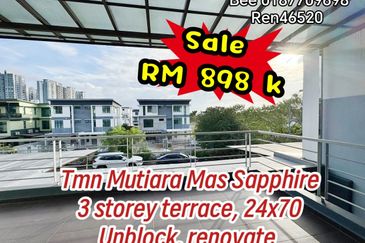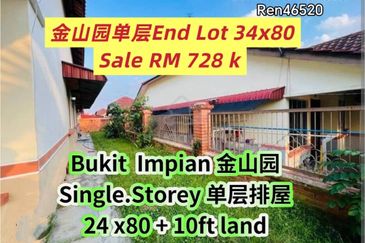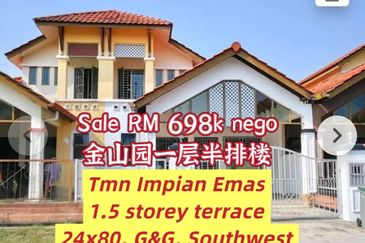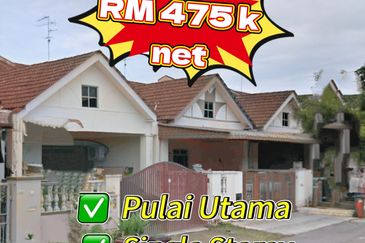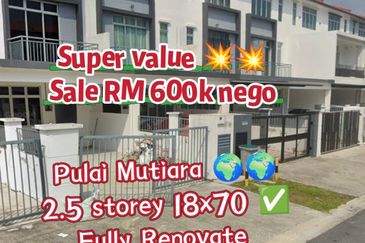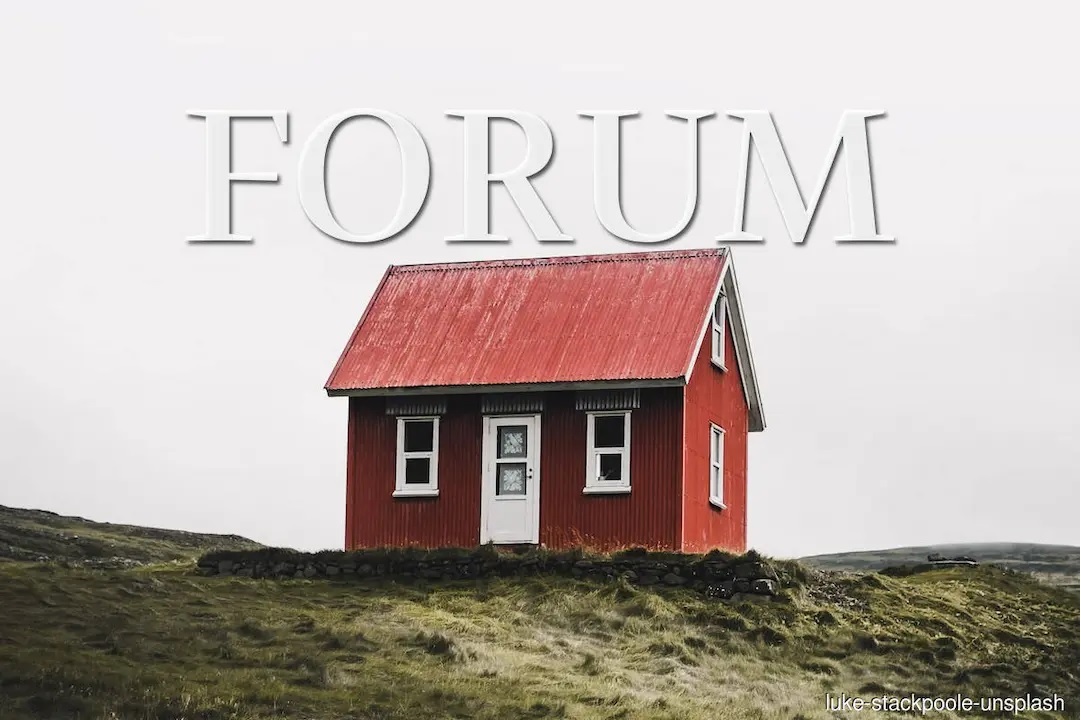
- Tiny homes are already in our midst. Caravans, cabins or containers have been remodelled for housing or commercial activity purposes.
- A modest 400 sq ft or so apartment is not uncommon as developers target first-time homeowners with affordable price tags. These units are usually furnished to showcase optimised spatial planning and liveability.
Elon Musk is hot news. When rumours surfaced that he had unveiled a US$15,000 sustainable Tesla home, of course, the news went viral. Netizens quickly dubbed it “the home of tomorrow”.
YouTube is swamped with videos providing exciting details and descriptions of these tiny homes. One video went so far as to quote the price at a mere US$10,000 (RM47,628)!
Going by the lavish online description of the “Tesla home”, it is a no-brainer buy by any standard. Just imagine owning a US$15,000 Tesla-branded and fully-furnished home. It is touted to be box-shaped and manufactured in a factory, to be transported to the desired location by truck and assembled within two days. The standard layout offers two bedrooms, a living room, a kitchen and a bathroom. There is no mention of size.
Meanwhile, the walls are supposedly made from sustainable eco-friendly materials that are fireproof, mould resistant and capable of withstanding hurricanes! On the roof are solar panels designed to not only power the house but from which excess energy can be retrieved and stored in a power wall. Rainwater would be collected and filtered for use, and the excess stored.
Besides being energy-efficient and environmentally friendly, these homes are also supposed to be connected to the Tesla Home app.
How cool is that! A dream tiny home that ticks all the boxes for future proofing and is available at an affordable price.
But before you rush to try to place an order for this incredible “Tesla home”, pause for a moment. I hate to burst your bubble, but Elon Musk has not actually revealed any Tesla tiny sustainable home.
Seriously, doesn’t getting a Tesla-branded home designed and equipped for future living at US$15,000 sound too good to be true?
So, how did the rumour about Tesla tiny homes come about?
In 2021, Musk tweeted about the US$50,000 home he had rented from SpaceX in Boca Chica, a Texas town known for its proximity to SpaceX’s Starbase launch site. That seemed to be Musk’s closest association with a tiny home. The tweet could have sparked the clickbait videos targeting Musk’s huge persona to push the sale of tiny homes.
Wikipedia calls the tiny-house movement an architectural and social movement promoting the reduction and simplification of living spaces. Tiny homes are trendy. They have been around for decades, yet their appeal remains strong. It cannot be said with certainty when and where the trend started but what is certain is that it is here to stay.
Tiny homes might have started as a fad; ownership a trendy novelty for those who live in sprawling homes. Over time, they have evolved into popular holiday homes to be rented out to tourists at the seaside or on hillslopes. The thought of having a custom-made tiny home on tow during road trips does sound rather inviting.
Overhaul designs of terraced homes
Tiny homes are already in our midst. Caravans, cabins or containers have been remodelled for housing or commercial activity purposes.
A modest 400 sq ft or so apartment is not uncommon as developers target first-time homeowners with affordable price tags. These units are usually furnished to showcase optimised spatial planning and liveability.
Terraced homes, meanwhile, remain a dream investment. The older terraced units are usually 24ft by 75ft or 80 t, with the rare bigger ones measuring 25ft wide or even 100ft long. This is usually owing to the shape of the land on which they are situated.
Naturally, the high demand for terraced units is fuelled by their scarcity. To make them more affordable, the only way is to either shrink the built-up or go upwards to three storeys, or both. Without doubt, tiny terraced homes are inevitable when one wants to focus on affordability. Some developers are already moving towards this strategy. Homes are getting narrower and shorter.
Small, however, does not necessarily mean inferior. What we need is an overhaul of the traditional terraced house concept, look, use of space and functionality. I would say that a revamp of the traditional design is overdue, given how creativity and changing lifestyles have evolved.
To start with, a smaller house immediately allows for the introduction of more natural lighting and airflow into the home and this augurs well for sustainability. There is no room for “dead” corners; all good to have but underutilised space must go. Less can be more.
It is timely to introduce future-proofing elements like solar power and proper rainwater harvesting systems. Let us also not forget the value of green space, albeit tiny, within the house. Bringing nature into the home will go a long way towards uplifting its liveability.
The possibilities of tiny homes are endless. If we can successfully build tiny apartments, why not small terraced homes?
Still, the ultimate question that begs to be answered is whether the market is ready for tiny terraced homes. It all boils down to changing the mindset. That is the real deal.
Au Foong Yee ([email protected]) is an editor emeritus at The Edge Malaysia.
Looking to buy a home? Sign up for EdgeProp START and get exclusive rewards and vouchers for ANY home purchase in Malaysia (primary or subsale)!


